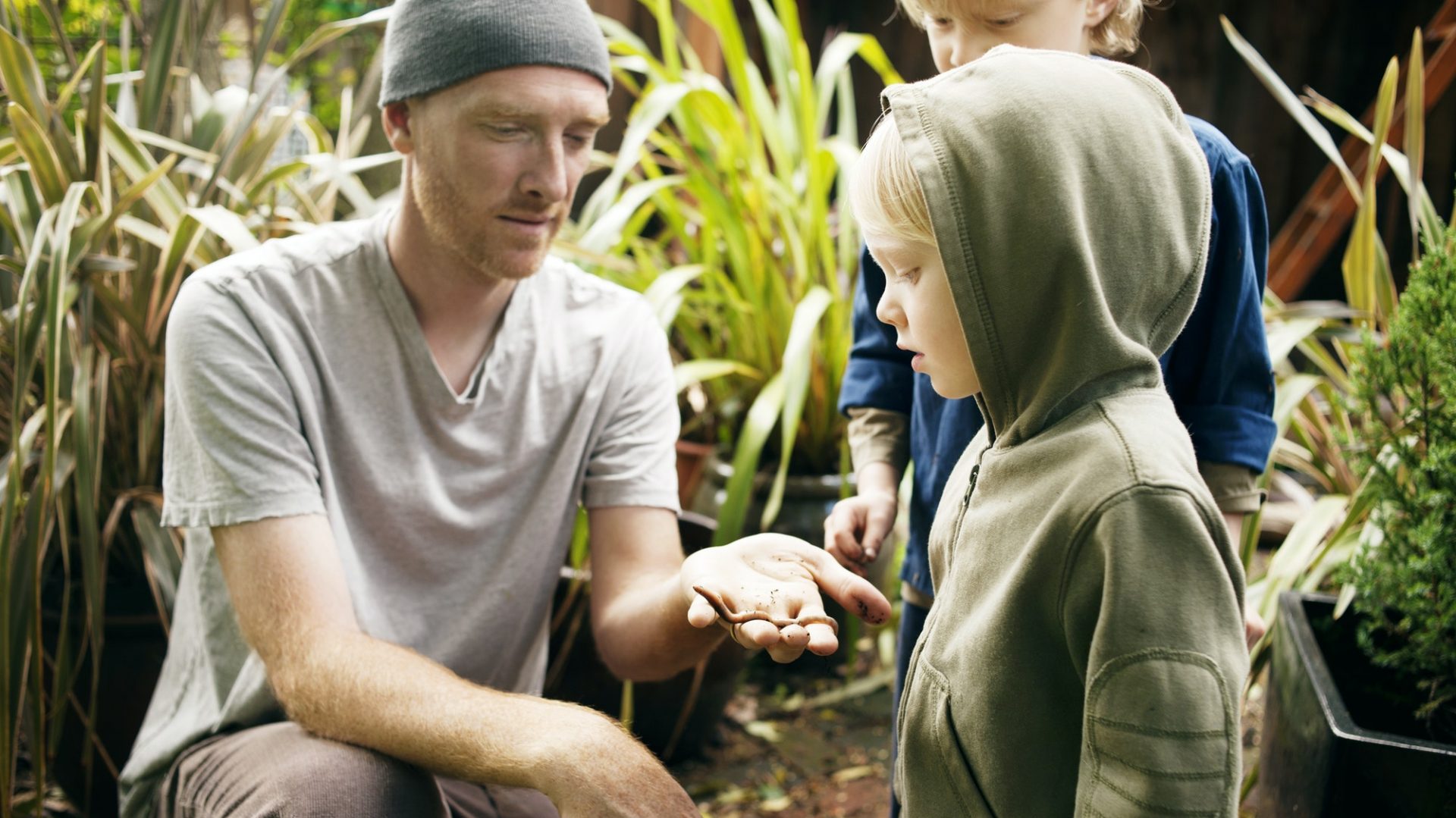One way to include children in your garden is to plant easy-to-harvest crops. Raspberries, blueberries, and raspberries are always popular choices, and even potatoes are fun to dig up after an adult forks them out. Larger fruiting plants, such as tomatoes, can provide an interesting job for younger kids. You can also include a few brain-building foods, like kale, brussels sprouts, and spinach.
This book features bright colors and delightful information. It will teach young children how to identify different flowers, as well as what they are used for. Young readers will learn how important it is to have healthy soil, as well as water and sun to grow plants. The book is also useful for raising environmental awareness, preparing children to plant flowers of their own. In addition, this is an opportunity to help kids plant flowers that will last a lifetime. Children can also help with the planting process with these fun books.
The Arboretum’s Children’s Garden encourages outdoor play. The design focuses on unusual colors, textures, and scents. Tree Aloes resemble Dr. Seuss’ characters. The Carnivorous pitcher Plant grins at bugs. Topiary animals surround a vine-covered cottage. A wind-chimes and a small windmill help children explore nature. Guests can also build and decorate wind chimes together.
The study also shows that children in a garden are more active than their peers. This is because they are more active than children in indoor classrooms. Researchers from Cornell University found that outdoor children spent a higher percentage of their class time standing and moving around compared to their counterparts. The children also wore accelerometers and used a direct observation tool to observe how much the children moved and leaned during a garden lesson. In the garden, kids spend fewer hours sitting than they do in indoor classes, which results in better overall health.
Having a burbling brook in the garden is a wonderful way to create a soothing retreat. It also helps to keep children and adults calm. Just be sure to supervise their play in the water. Natural tree stumps make great stepping stones, and wooden slices make for an ideal stepping stone or bench. Younger children can use smaller wood slices for stepping stones. This will ensure a safe and fun environment for all.
The benefits of engaging kids in gardening are numerous. It improves communication and teamwork, teaches responsibility, and instills an ownership of the garden. Gardening helps children develop a sense of self and confidence. Seeing their hard work paid off makes them feel like they are capable of more. Children also learn concepts about the environment that they will later use in their daily lives. They will be able to see that it is possible to grow something beautiful and meaningful.

